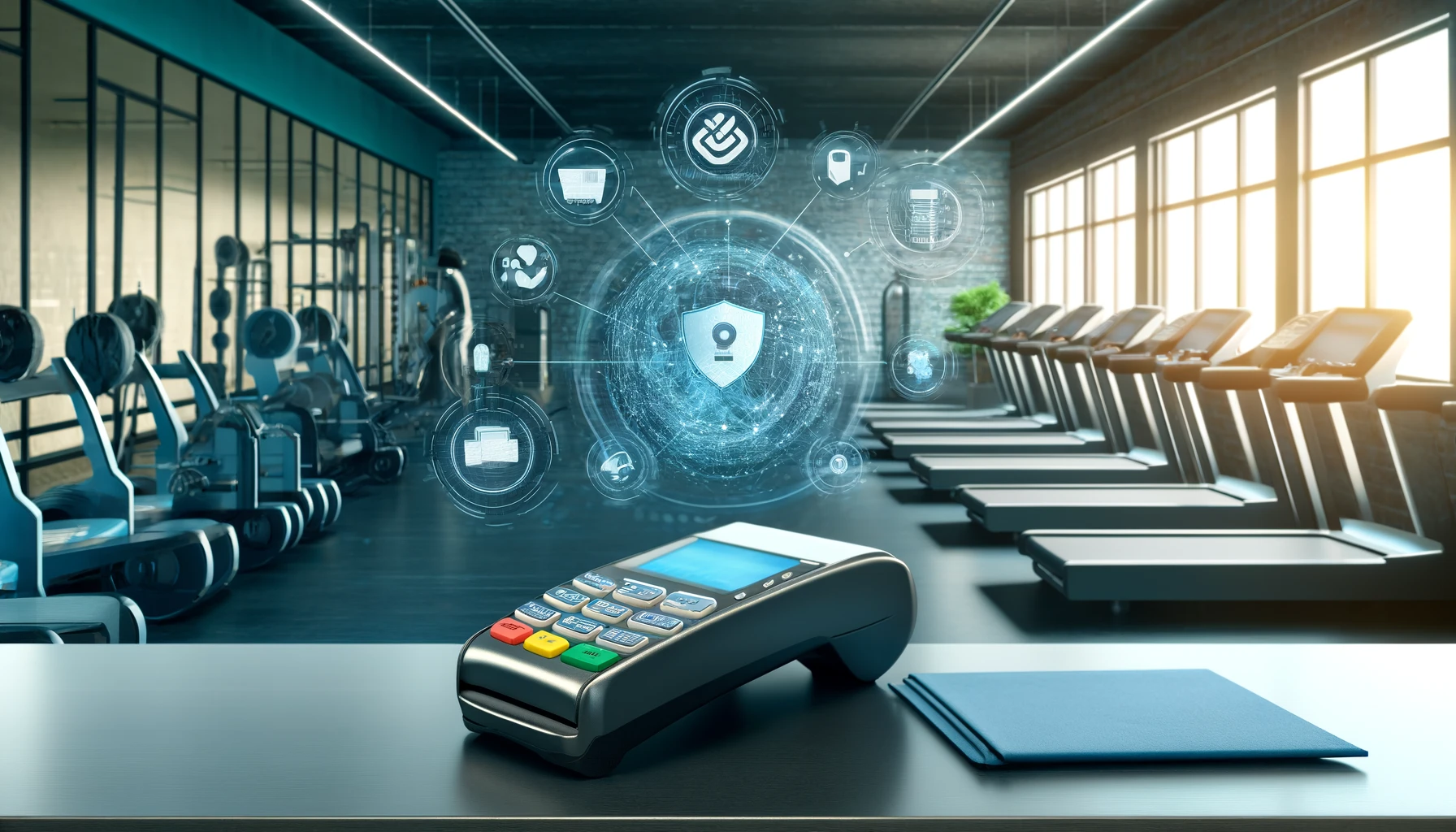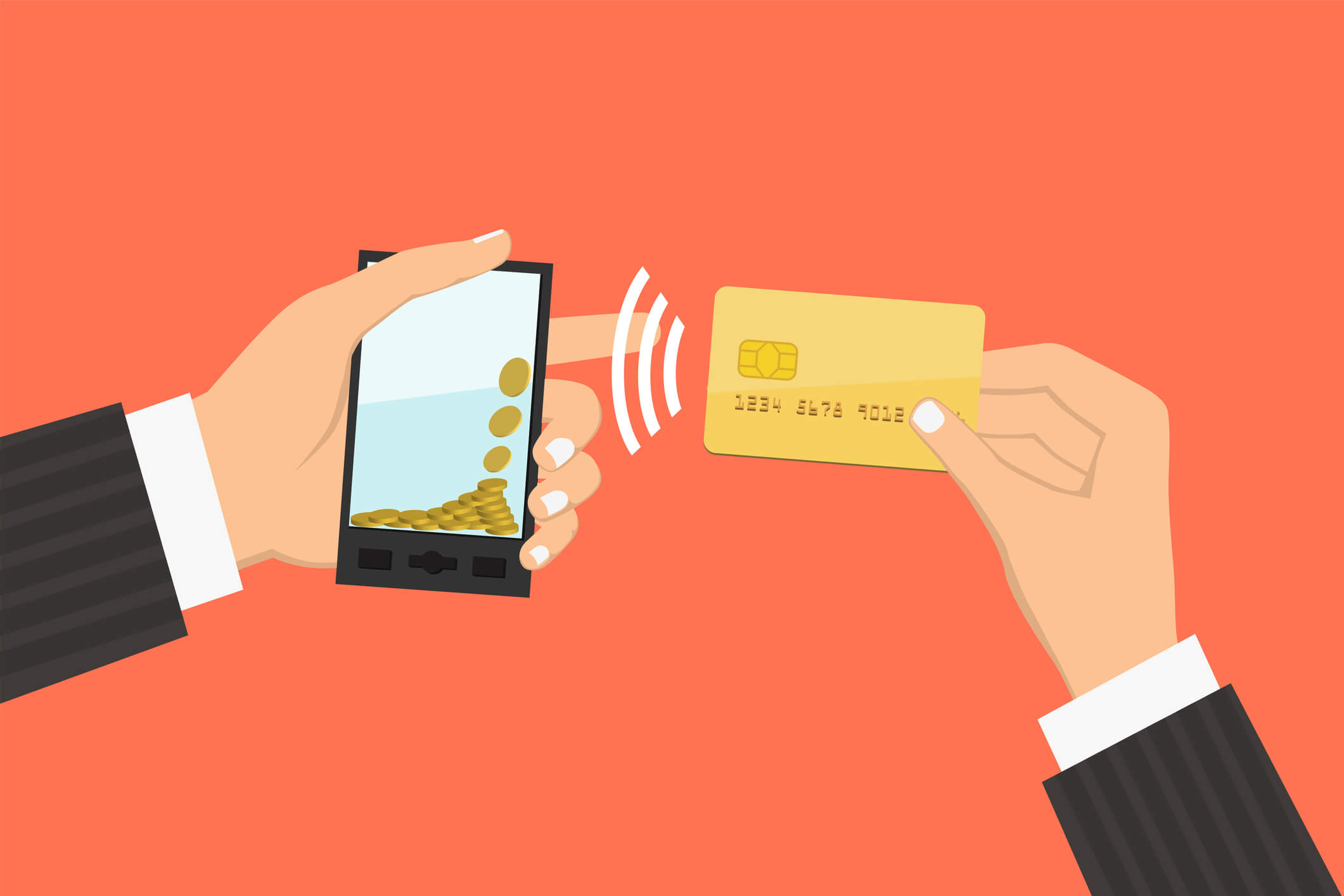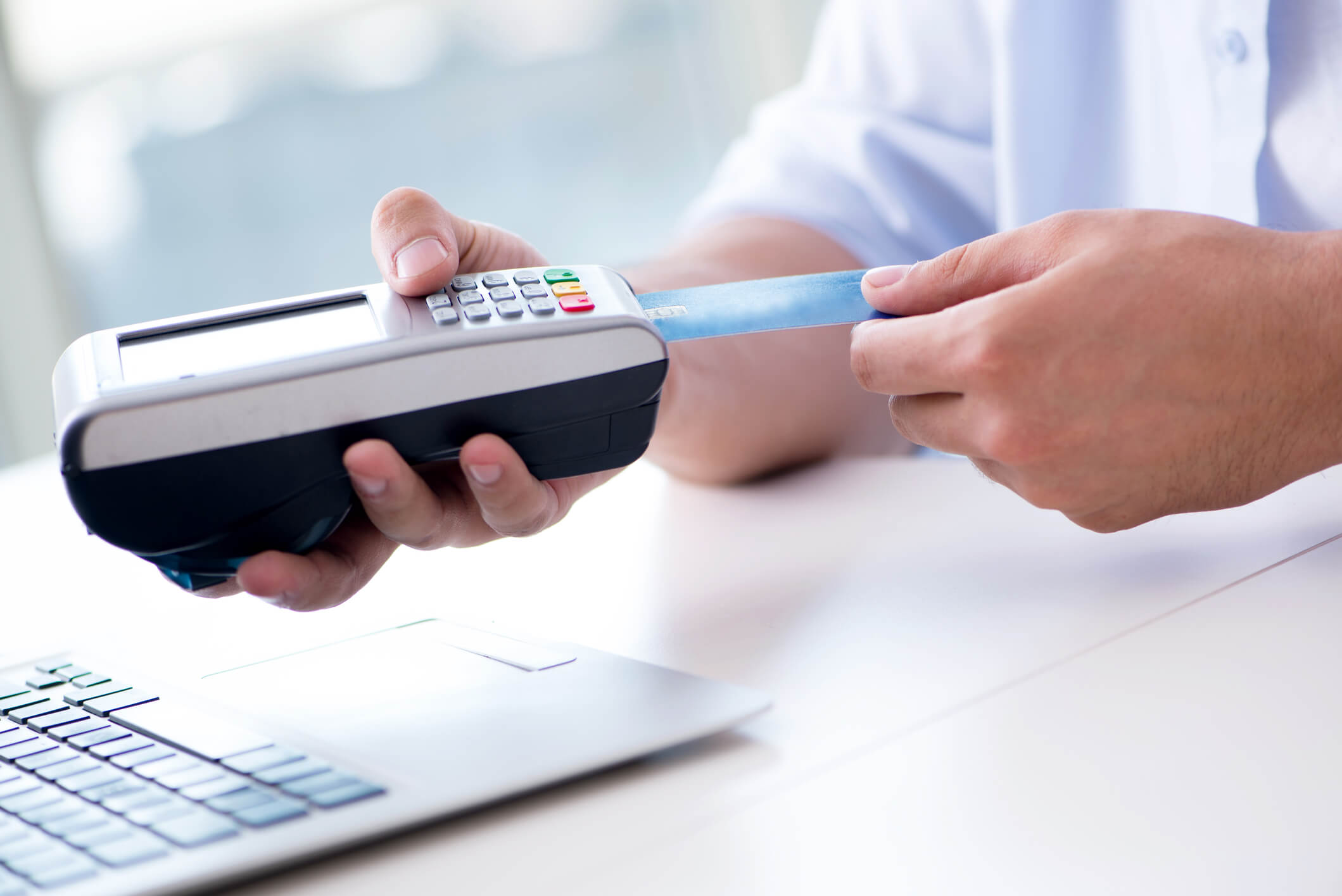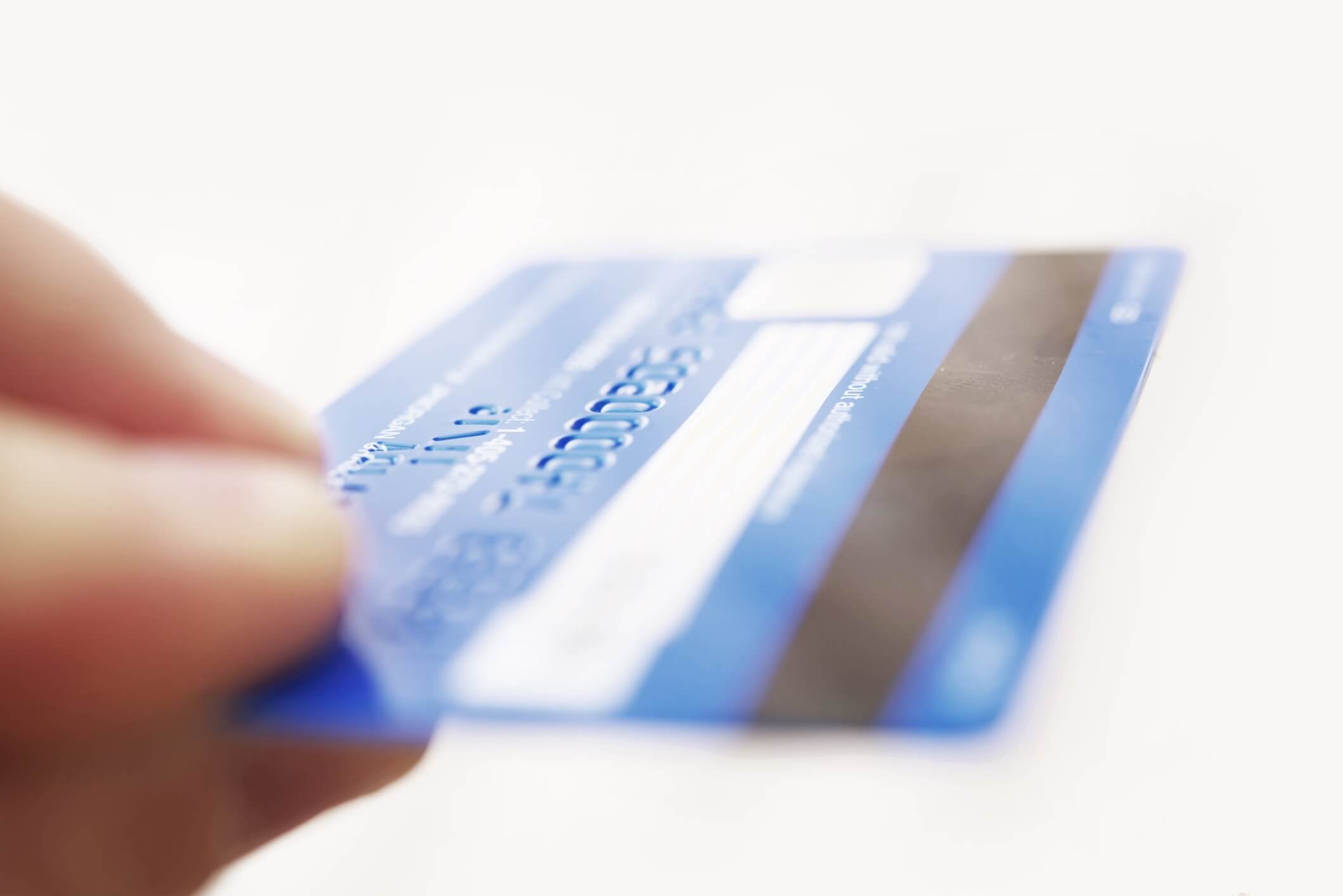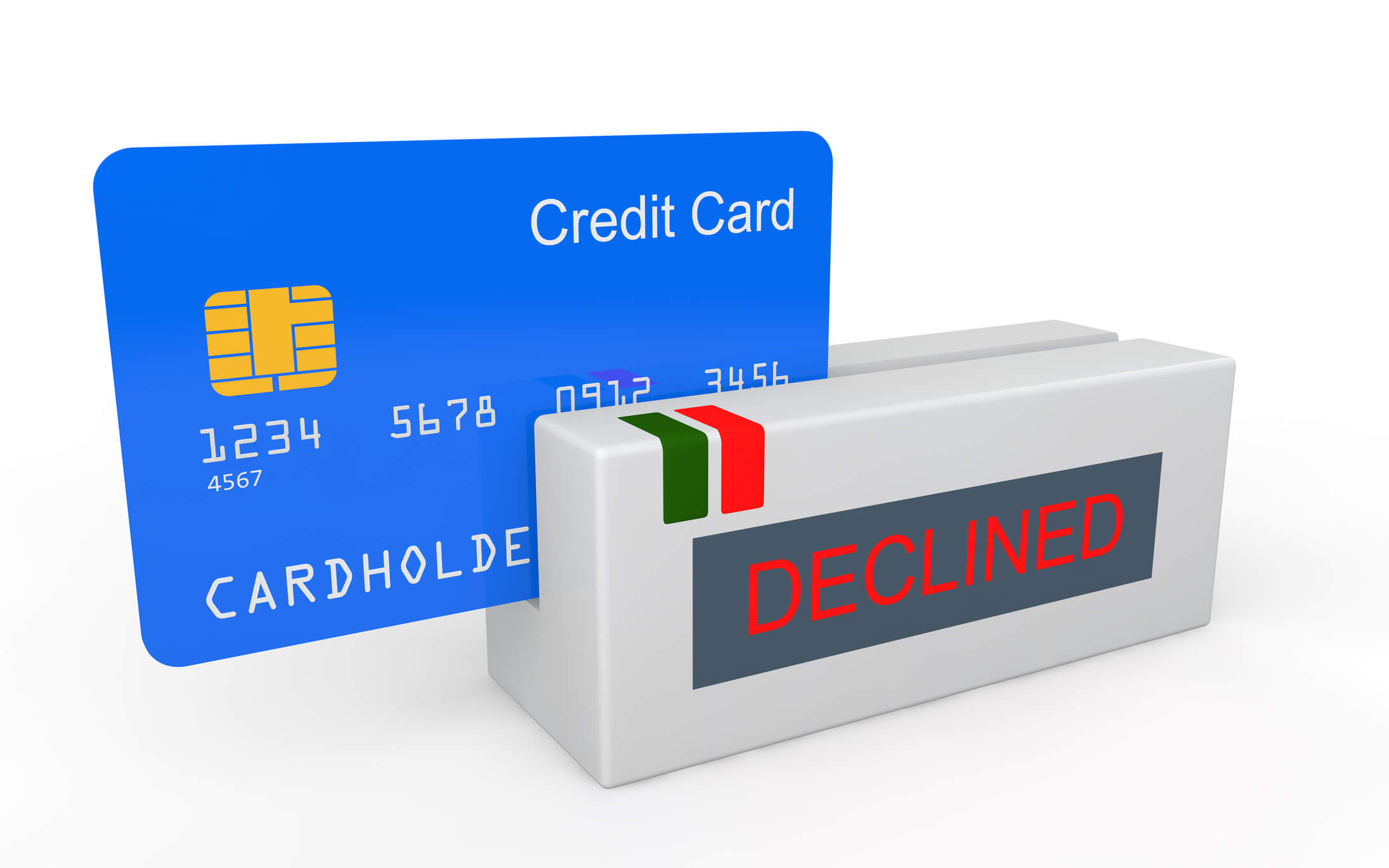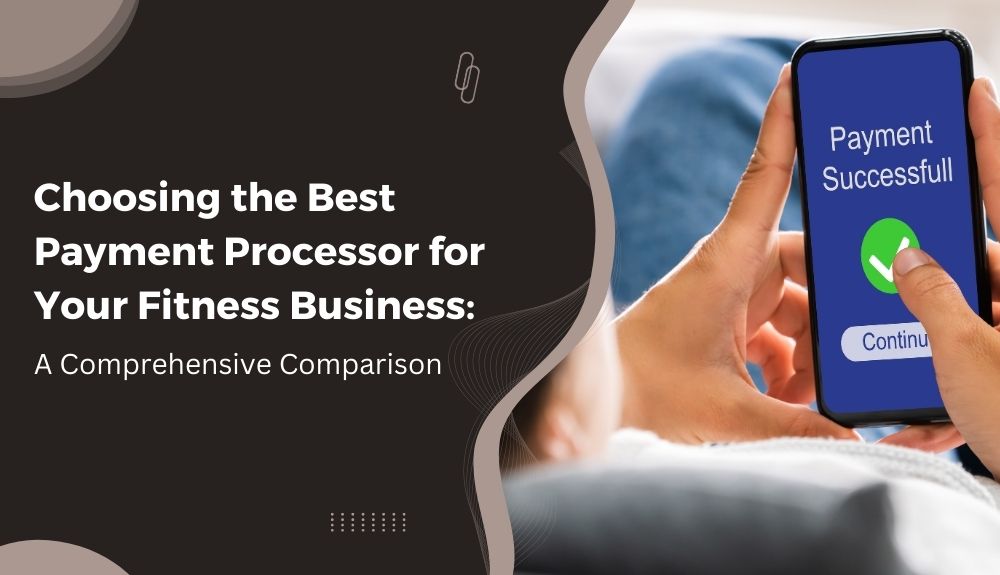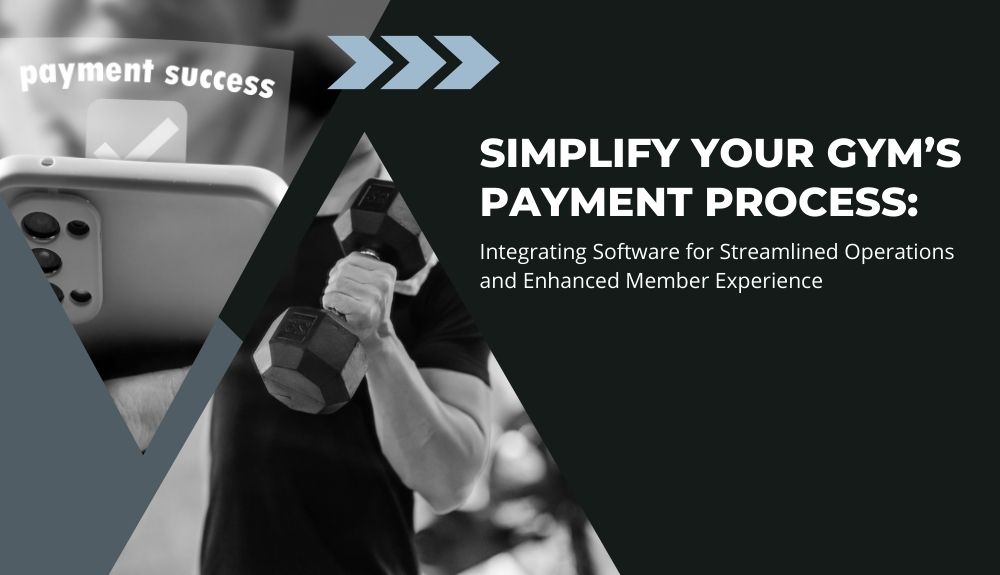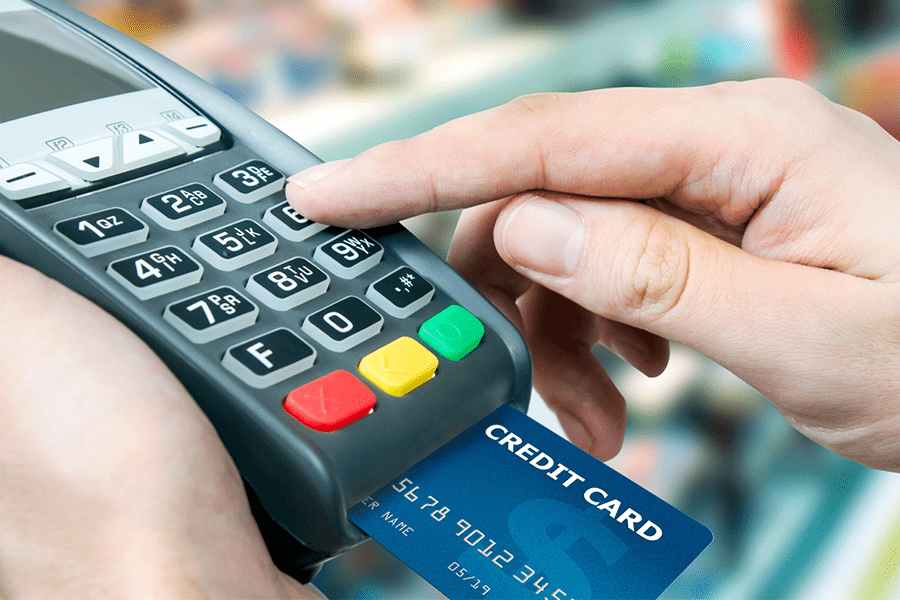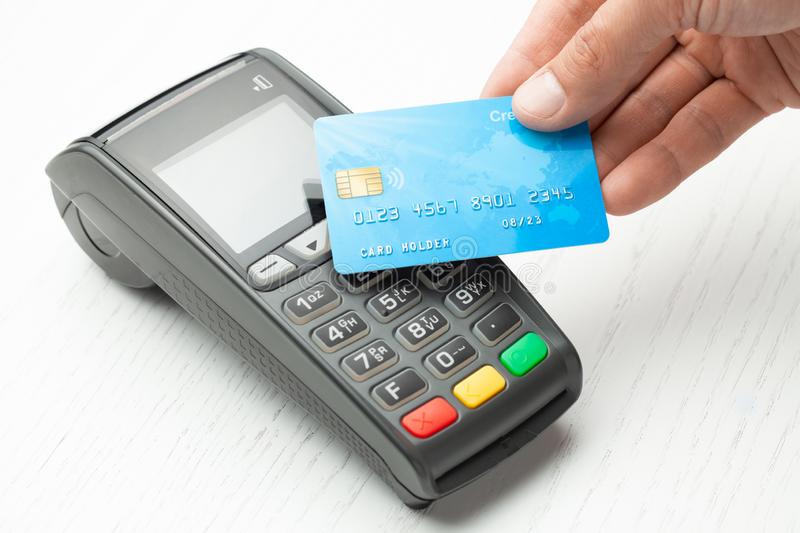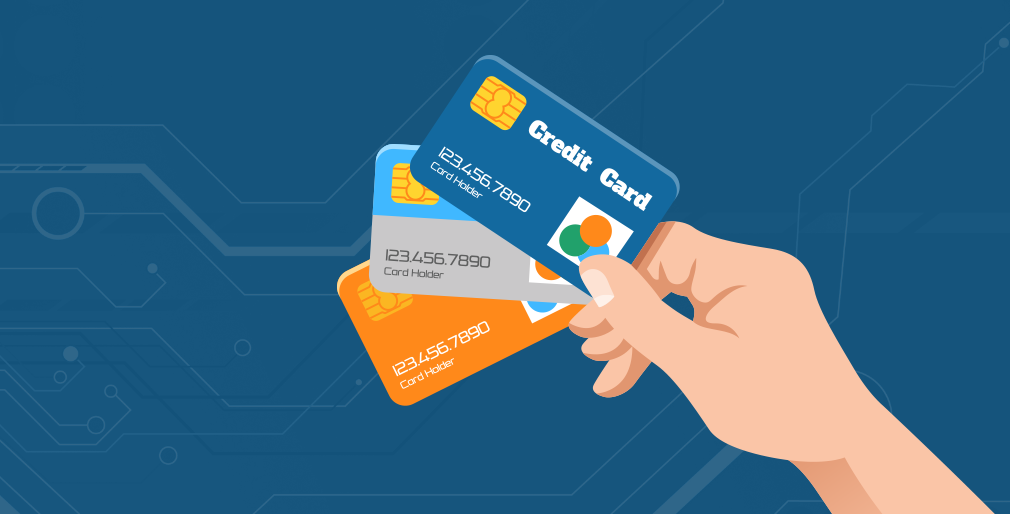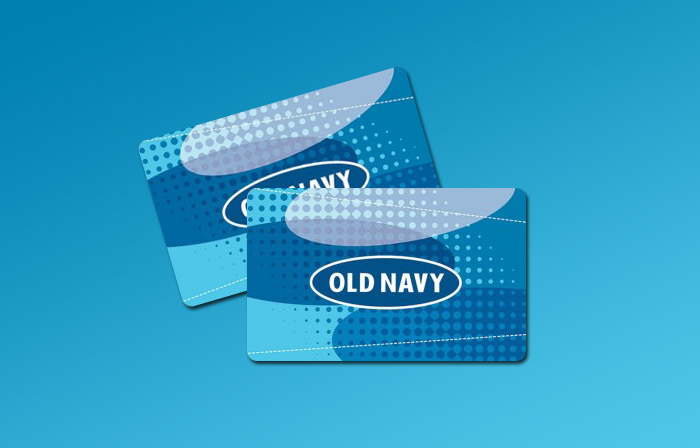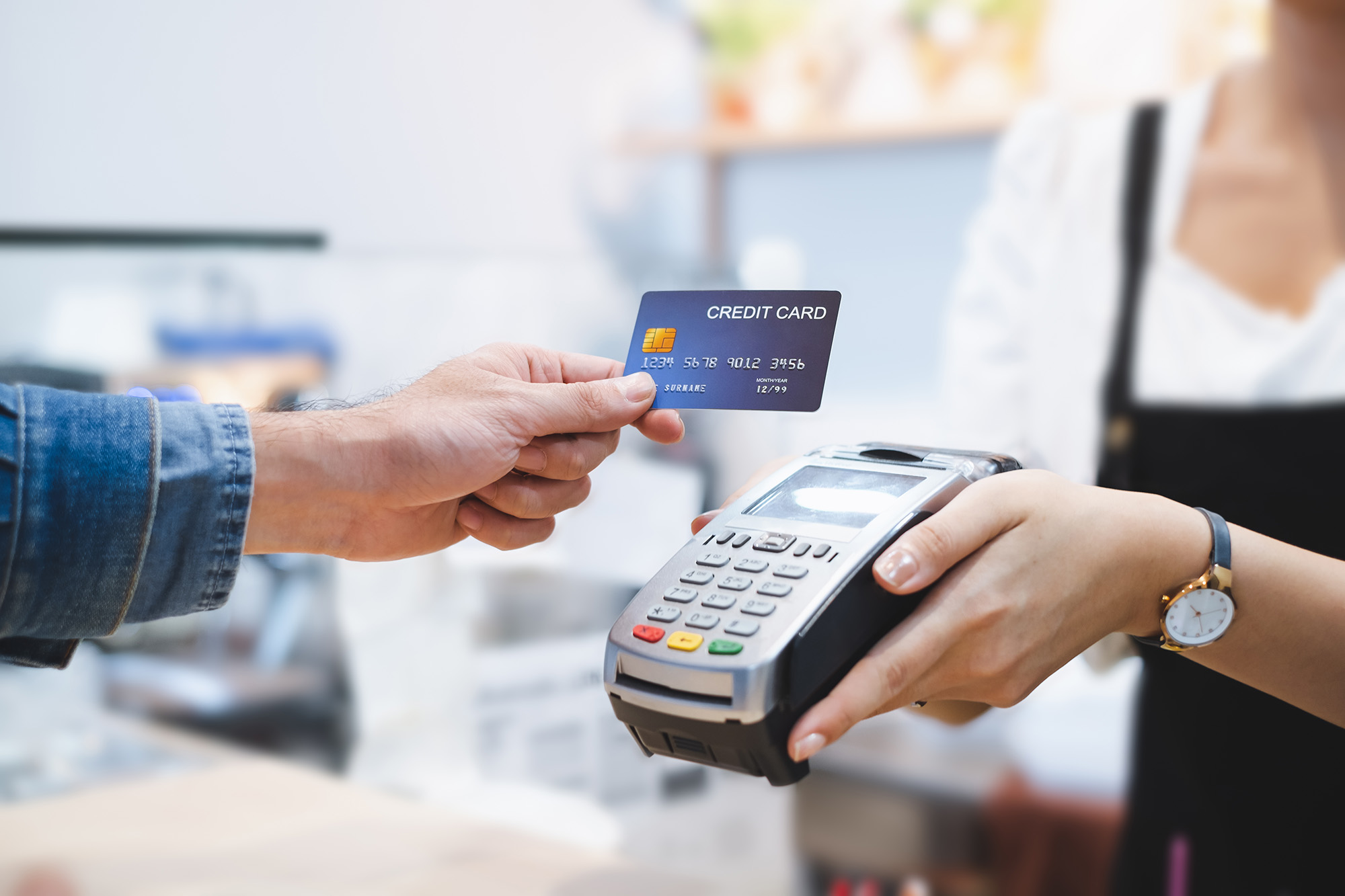In today's digital age, credit card acceptance has become a necessity for businesses across various industries. Gyms, in particular, can greatly benefit from accepting credit cards as a form of payment. This article will explore the importance of credit card acceptance in gyms, the benefits it brings, and provide a...
Chargeback Rebuttal Letters: Strategies and Templates
Chargebacks can be a major headache for businesses, leading to lost revenue and customer disputes. When a chargeback occurs, it means that a customer is challenging a transaction, often for reasons like fraud or dissatisfaction. However, businesses have the opportunity to fight these chargebacks by submitting a chargeback rebuttal letter....
Seasonal Strategies for Charging of Fitness Business: New Year’s Resolutions and Summer Rush
The most evident seasonal fluctuations in the fitness industry concern the signups, and indeed the significant ones are noticed at the New Year's resolution time and at the beginning of summer. These periods give the fitness business the opportunity to create specific strategies for charging that can attract new members...
How to Optimize Recurring Payment Systems for Gyms and Fitness Studios
A working mechanism for recurring payment will make billing smooth, but what it ultimately does is ensure an improved experience for customers as they go by choices like flexibility, automation, and security. Some of the problems gyms and other fitness businesses face in their billing process, which may be poorly...
Why Fitness Centers Need Credit Card Processing
In the modern fitness industry, the ability to accept credit card payments has become a necessity rather than a luxury. Credit card processing plays a critical role in enhancing member experience, ensuring smooth transactions, and facilitating efficient business operations for fitness centers. With the rise of digital payments and the...
How to Set Up Secure Credit Card Processing for Your Gym
In today's fitness industry, secure credit card processing is essential for gyms and fitness centers that want to maintain a trustworthy reputation and ensure financial stability. From managing memberships to handling payments for classes and personal training sessions, a secure payment system is a must to protect customer data and...
The Future of Credit Card Processing in the Fitness Industry
In today's digital age, credit card processing has become an essential part of running a successful fitness business. Gone are the days of cash-only transactions and manual record-keeping. With the advent of technology, credit card processing has evolved significantly, offering numerous benefits to fitness businesses. This article will explore the...
Credit Card Processing Solutions for Online Fitness Programs
In today's digital age, online fitness programs have gained immense popularity. With the convenience of working out from home and the flexibility of choosing from a wide range of fitness classes, more and more people are opting for these programs. As the demand for online fitness programs continues to grow,...
How to Reduce Credit Card Processing Costs for Your Fitness Studio
In today's digital age, credit card payments have become the norm for businesses, including fitness studios. While accepting credit cards offers convenience for both the studio and its members, it also comes with processing fees that can eat into your profits. As a fitness studio owner, it is crucial to...
Secure Credit Card Processing for Fitness Studios and Gyms
In today's digital age, secure credit card processing has become a crucial aspect of running a successful fitness studio or gym. With the increasing popularity of cashless transactions, it is essential for businesses in the fitness industry to provide their customers with a safe and convenient payment option. This article...
Choosing the Right Credit Card Processor for Your Fitness Studio
In today's digital age, accepting credit card payments has become a necessity for businesses, including fitness studios. Choosing the right credit card processor is crucial for the success of your fitness studio, as it can impact your revenue, customer experience, and overall operations. This comprehensive guide will walk you through...
Credit Card Processing Outages: Everything you Need to Know
Credit card processing outages can be a nightmare for businesses, causing frustration for both merchants and customers. These outages occur when the system that processes credit card transactions experiences a disruption, preventing businesses from accepting payments. In today's digital age, where cash transactions are becoming less common, credit card processing...
What is Batch Processing? A Detailed Guide
Batch processing is a method of processing large volumes of data in a systematic and efficient manner. It involves grouping similar tasks together and executing them as a batch, rather than processing each task individually. This approach has been widely used in various industries, including banking, manufacturing, and telecommunications, to...
What Is a False Decline in Credit Card Processing?
In today's digital age, credit card transactions have become an integral part of our daily lives. Whether it's purchasing goods online or swiping a card at a physical store, credit card processing plays a crucial role in facilitating these transactions. However, there is a phenomenon known as "false declines" that...
Choosing the Best Payment Processor for Your Fitness Business: A Comprehensive Comparison
Are you tired of struggling to find the ideal payment processor that seamlessly fits your fitness business needs? Picture this: a streamlined payment process, efficient membership management, and satisfied clients. The right payment processor can make this a reality for your business. In the fitness industry, selecting the best payment...
Simplify Your Gym’s Payment Process: Integrating Software for Streamlined Operations and Enhanced Member Experience
Are you tired of the tangled web of payment processes at your gym? Picture this: a seamless experience for your members, efficient operations for your staff, and a boost in overall satisfaction. The solution lies in integrating software to revolutionize your gym's payment system. Here's a glimpse of what we'll...
What is Small Business Merchant Services and How Does it Work?
Small business merchant services are a way for businesses to process payments. This can be done with a credit card, debit card, or even checks. The service allows the business to accept payments from their customers and then deposit the money into their bank account. There are a few different...
What is EBT Payment Processing?
In order to use EBT payment processing, you must have a contract with an EBT Processor who is approved by the USDA. Even then, each Processors network has specific criteria that they ask their customers to adhere to. In some cases, new customers may be required to purchase a new...
How to Get the Cheapest Credit Card Processing Rates for Your Business?
If you are a business owner, then the means by which your clients pay for their purchases is important to you. Cheaper credit card processing rates can improve your profit margin and make your business financially viable. However, if you don't know how to go about getting the cheapest credit...
Credit Card Processing Fees and Rates Explained
Credit card processing fees and credit card processing rates can be difficult to understand. However, if you accept plastic for payment (which is the only option these days), you should make an effort to do so because it's part of your job and you need to protect yourself. The fees...
Everything About the Old Navy Credit Card
The Old Navy Credit Card is a store credit card that can be used at any of the Gap Inc. brands, including Old Navy, Banana Republic, and Athleta. The card has no annual fee and offers special rewards and discounts to cardholders. The Old Navy Credit Card comes with a...
How Credit Card Processing Works?
The use of credit cards has become a ubiquitous part of modern life. You can use your card to purchase items online, in person, or by phone. Credit card processing allows you to buy what you need now and pay for it over time. When you make a purchase with...




